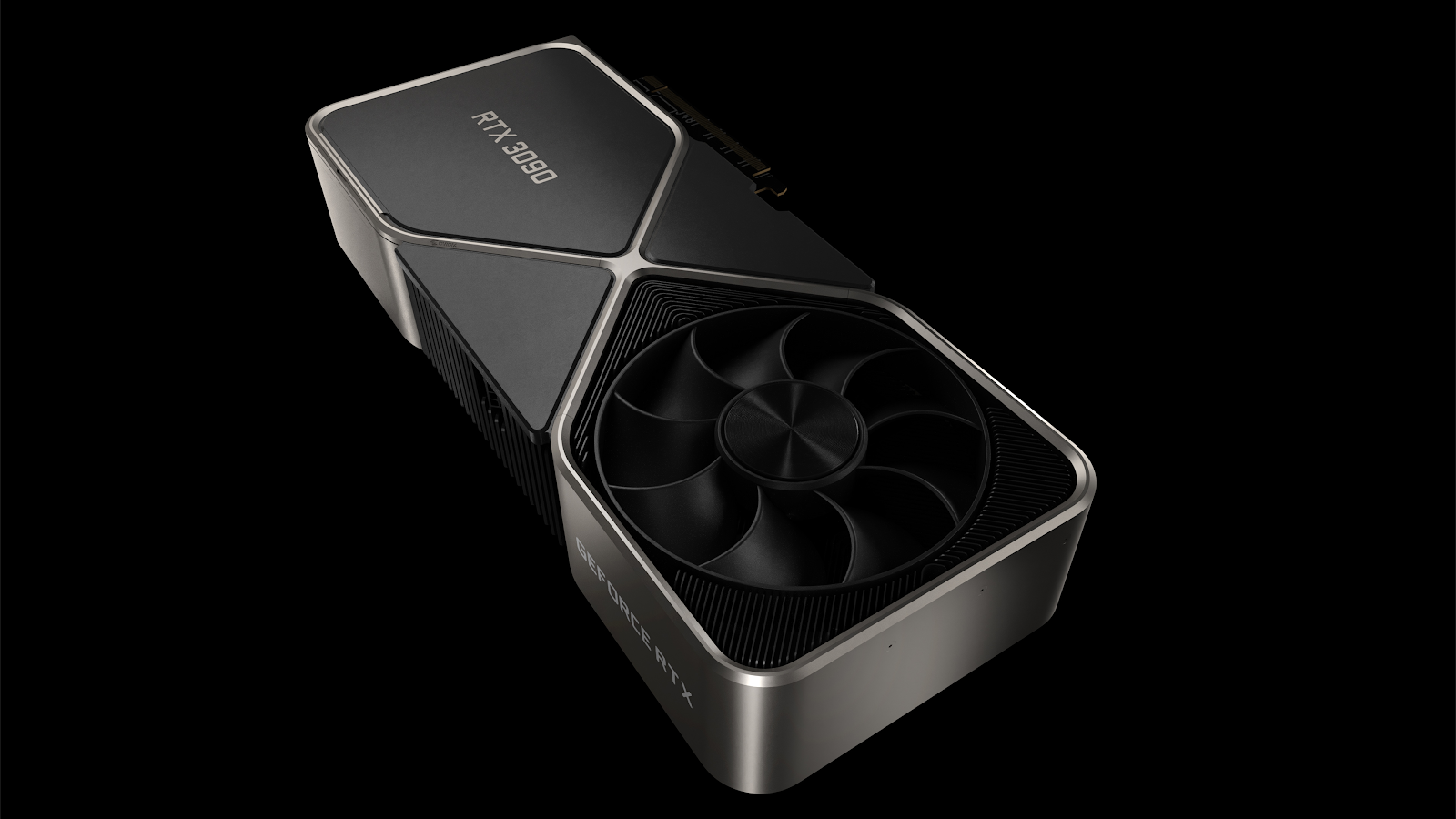
You’ve probably noticed the buzz around Nvidia’s 30-series GPUs. They are mightily impressive, especially from a price, performance and power consumption perspective. For example, Nvidia’s $1000-$1200 RTX 2080 Ti is now more or less matched by the RTX 3070. A card that costs $500. On top of that, it does this while using less power! The RTX 30-series cards also bring better ray tracing and machine learning hardware. Improving on the innovations of the 20-series. Yet one of the most important features this new generation of PC hardware is bringing to the table might actually have seen the first light of day on consoles.
Consoles Lead The Way

Both the PlayStation 5 and Xbox Series consoles have moved over to high-speed SSD storage systems. The raw throughput of both console brands matches or exceeds that of PCIe NVME drives on PC, but they promise even higher effective speeds. How? It all comes down to dedicated compression and decompression hardware in these consoles, as well as IO systems that have been built to take advantage of the SSD hardware. Software also has to be written in such a way that it works with the system, but when all of the pieces fall into place the performance can be astonishing.
The fact of the matter is that even on PC few applications take full advantage of modern NVME drives. There have been plenty of benchmarks to show that, for example, video games don’t really load faster from an NVME than it does from a standard SATA SSD. That’s because the storage API in the operating system as well as the software can’t take advantage of the massive parallel bandwidth on offer.
So how can we get the blazing fast IO performance now in gaming consoles, but not in computers that may have even more overall processing power? That’s where RTX IO comes into play.
What RTX IO Does
RTX IO provides hardware acceleration via a specialized API. Specifically it uses the same DirectStorage API found in Xbox, which is now a part of Windows. It uses the GPU to rapidly decompress and transfer data from SSD to RAM.
Not only does it make IO faster, it also offloads IO operations to the GPU from the CPU. Potentially improving performance in CPU-centric tasks.
It also allows for SSD de-duplication, making file sizes smaller for large applications that make use of data duplication to speed up physics data access times.
Right now RTX IO is mainly marketed as a way to improve video game performance, but it clearly has applications in professional contexts as well.
GPUs Are Evolving
As time goes by, it seems that GPUs are being equipped with more and more application-specific silicon. RTX IO is just the start. While GPUs have been doing certain general purpose jobs for years now and recent machine learning hardware is helping to accelerate all sorts of processes that rely on deep learning algorithms.
AMD is doing something very interesting with their upcoming 6000-series cards. If you use the right combination of motherboard, CPU and GPU from the AMD ecosystem, you can share RAM between both processors. We have no doubt that Nvidia might be working on something similar,but of course AMD has the advantage since they also make CPUs.
The role of the GPU inside a computer system is starting to evolve far beyond 3D graphics and with applications such as storage acceleration affecting every aspect of system performance. We’re looking forward to applications of GPU IO acceleration outside of video games and a future where real-time streaming of lossless assets in applications such as 3D editors.